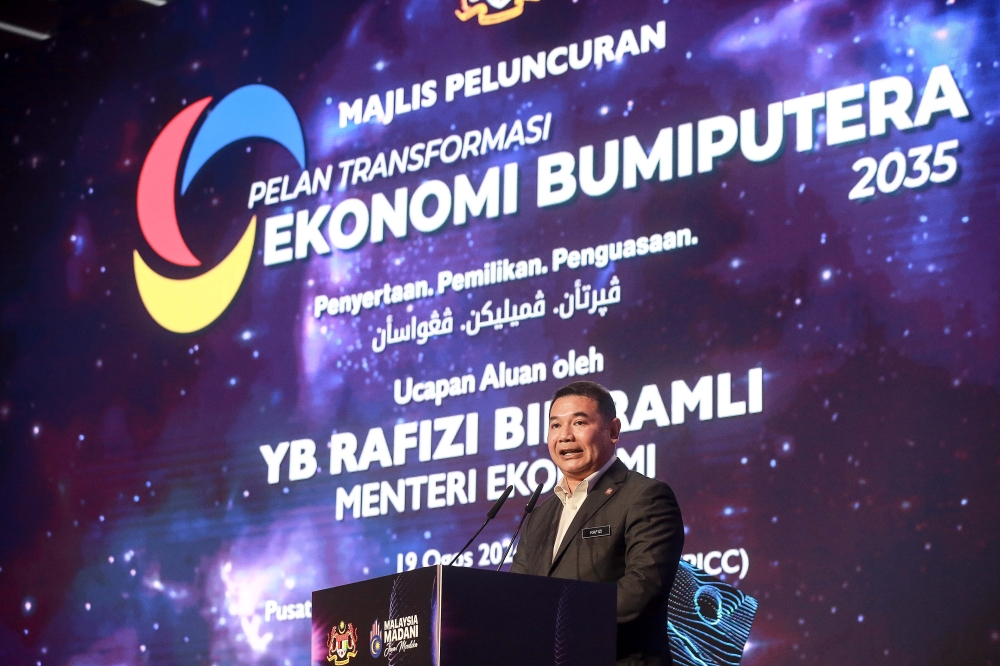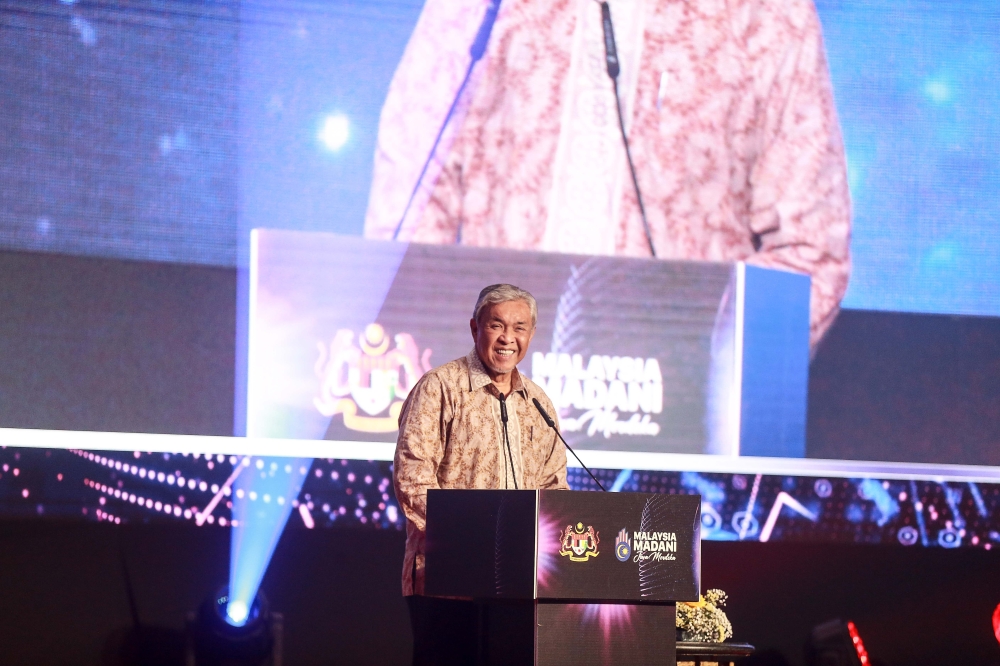- Home
- »
- Media Luar
- »
- All You Need To Know About: PuTERA35, The Anwar Govt’s Plan To Uplift Bumiputera And…
All You Need To Know About: PuTERA35, The Anwar Govt’s Plan to Uplift Bumiputera And Close The Economic Gap By 2035
Aug 19, 2024: The Anwar administration introduced a new development agenda aimed at addressing the economic disparity between the Bumiputera community — which includes the indigenous Orang Asli in Peninsular Malaysia and the natives of Sabah and Sarawak — and the non-Bumiputera.
In his speech at the launch, Economy Minister Rafizi Ramli named the initiative the Bumiputera Economic Transformation Plan 2035, or PuTERA35 for short.
So, what is PuTERA35?
It’s an ambitious 11-year initiative designed to elevate the economic standing of the Bumiputera by increasing their participation, ownership, and control in the national economy.
This plan aligns with Prime Minister Datuk Seri Anwar Ibrahim’s broader national goals like the Madani Economy and the 2030 Sustainable Development Agenda.
What makes PuTERA35 special?
This agenda emphasises genuine cooperation across ethnic lines, with a promise that the non-Bumiputera community will not be deprived of their rights.
Its inclusive design also seeks to ensure that all ethnic groups will benefit from the enhanced nation’s economic growth.
“In developing and implementing the plans, it is crucial to seek input from economists, political leaders, and civil servants to ensure that policies and frameworks are robust and effective.
“While acknowledging calls for faster progress, it is important to remain grounded in reality and ensure that this advancement does not marginalise any group,” Anwar said at the launch.

What are PuTERA35’s core goals?
There are three key objectives:
- Economic participation
To boost Bumiputera employment in skilled sectors to 70 per cent by the year 2035, up from 61 per cent in 2022.
- Ownership and control
To increase individual Bumiputera ownership in the shares of a business from 18.4 per cent in 2020 to 30 per cent by 2035.
This also extends to their participation in government-linked companies (GLCs) and investment companies (GLICs), which are crucial economic players.
- Social justice and regional development:
To end extreme poverty among the Bumiputera community by 2035 and close the income gap with the other races.
The plan includes initiatives to boost development in less economically advanced regions like Sabah, Sarawak, and among the Orang Asli.
How?
The government spelt out three ways:
- Strengthening the nation’s economy
PuTERA35 will drive economic mastery to raise competitiveness, talent development, and wealth creation. These efforts will be supported by rigorous monitoring to ensure progress.
- Improving governance
Focus on better governance and service delivery by involving private sectors, GLCs, and government institutions. This ensures that Bumiputera philosophies are upheld while refining institutional practices.
- Promoting social justice:
By eradicating poverty and enhancing social justice, particularly in regions that have historically lagged behind, the government can then focus its efforts on increasing Bumiputera home-ownership, boosting the community’s contribution to the GDP, and raising the income ratio to match that of other ethnic groups.
The Bumiputera community, including Malays and indigenous groups in Malaysia, has long been a focal point of government policies aimed at reducing economic disparities.
The PuTERA35 plan was developed in alignment with the Madani Economy and the 12th Malaysia Plan and crafted with input from various sectors, including the private sector, GLCs, industry players, civil society, and community leaders.

Who will be keeping track?
The Bumiputera Agenda Empowerment Unit will oversee the initiative.
Other government agencies like the Bumiputera Economic Council chaired by Anwar; the Bumiputera Economic Council Working Committee led by Rafizi, and the Bumiputera Economic Council Steering Committee chaired by Deputy Prime Minister Datuk Seri Ahmad Zahid Hamidi, will also be monitoring the progress.
Source: Malaymail
Program
Pusat Maklumat
Alamat
Unit Peneraju Agenda Bumiputera
Tingkat 13, Blok A, Suasana PjH
Jalan Tun Abdul Razak
Presint 2
62100 Putrajaya
Hakcipta © 2024 Unit Peneraju Agenda Bumiputera

